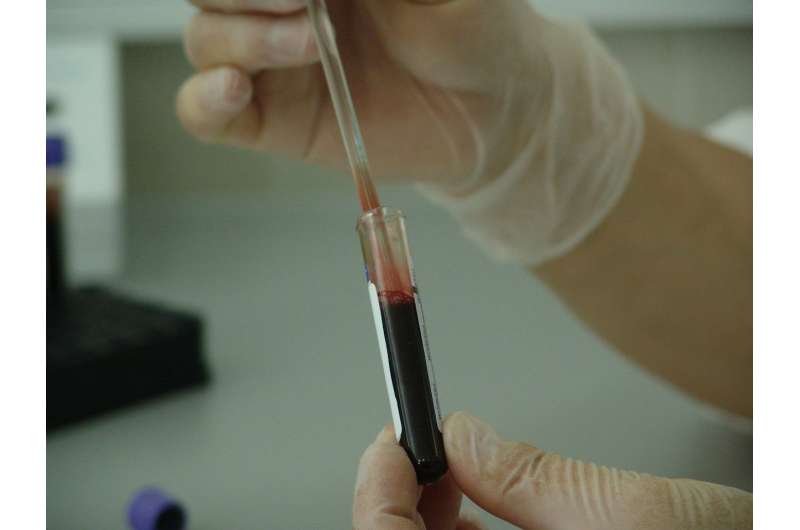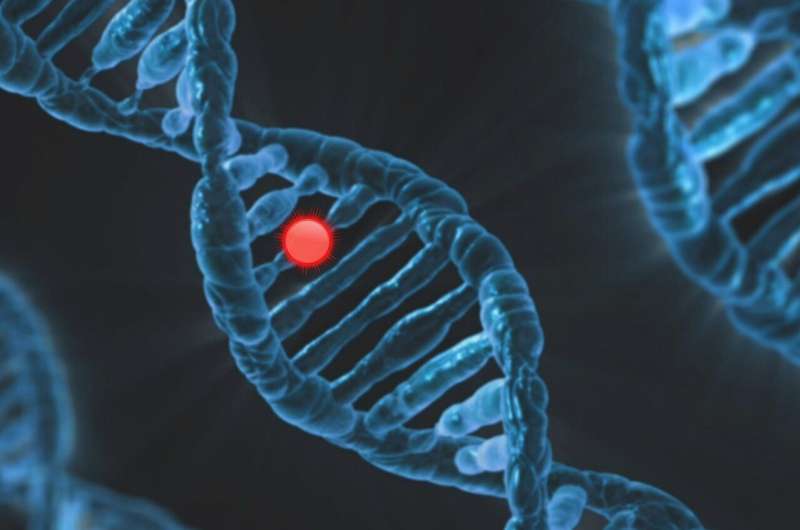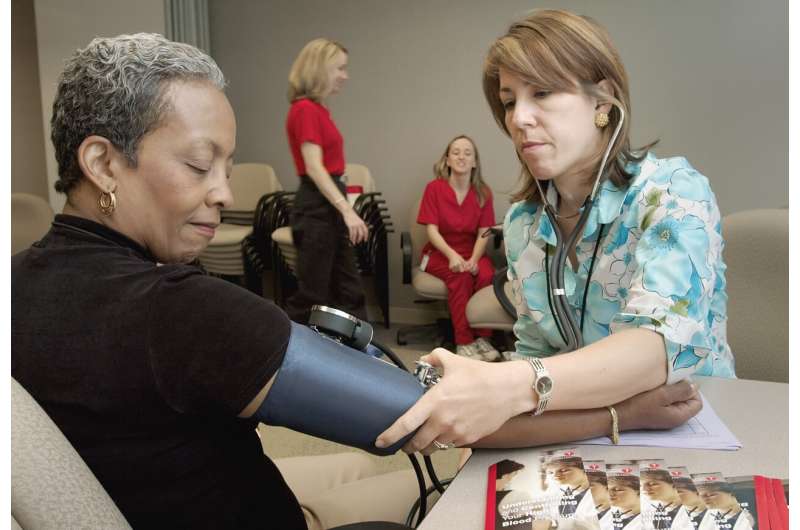Innovative Technique Enables Real-Time Visualization of Electrical and Calcium Signals in Patient-Derived Heart Cells

A groundbreaking technique now allows simultaneous, long-term visualization of electrical activity and calcium transients in patient-derived heart cells, enhancing cardiac disease research and drug development.
Researchers have developed an advanced method to concurrently record electrical activity and calcium dynamics within individual cardiomyocytes derived from induced pluripotent stem cells (iPS cells). This breakthrough allows scientists to observe the interplay between electrical impulses and calcium fluctuations, crucial factors in heart rhythm and function. The team, led by Associate Professor Yoshinori Yoshida at Kyoto University and in collaboration with Takeda Pharmaceutical, published their findings in Frontiers in Physiology.
Cardiac conditions such as catecholaminergic polymorphic ventricular tachycardia (CPVT) involve abnormal calcium handling that can lead to severe arrhythmias. While iPSC-derived cardiomyocytes have been widely used to model such disorders and evaluate drugs, previous studies typically examined either electrical signals or calcium transients separately. This separation limited insights into how electrical and calcium signaling abnormalities contribute to arrhythmogenesis.
To overcome this, the researchers employed a dual-dye system utilizing the membrane potential dye FluoVolt and the novel calcium indicator Calbryte 590 AM. This approach enhanced signal clarity and stability, enabling long-term, high-resolution simultaneous imaging of action potentials and calcium transients in single cells. Adjustments in light intensity and filter settings minimized phototoxicity, ensuring accurate and sustained recordings.
Applying this system to cardiomyocytes derived from a CPVT patient harboring the RyR2-I4587V mutation, the team observed that approximately two-thirds of ventricular-like cells exhibited abnormal calcium behaviors, including double peaks, triple peaks, and oscillations—hallmarks of CPVT pathology. Drug testing revealed that carvedilol, flecainide, and the RyR2 regulator JTV519 could mitigate calcium abnormalities, with the calcium/calmodulin-dependent protein kinase II (CaMKII) inhibitor KN-93 showing the most significant effect, normalizing calcium transients without affecting electrical activity.
This innovative method offers a promising platform for comprehensive, long-term studies of cardiac electrophysiology and calcium signaling. It facilitates more precise disease modeling and drug screening, potentially leading to safer and more personalized therapies for arrhythmias. Beyond CPVT, this technique can be adapted to explore other cardiac disorders and accelerate the development of novel treatment strategies.
Source: https://medicalxpress.com/news/2025-06-simultaneously-visualizing-electrical-calcium-dynamics.html
Stay Updated with Mia's Feed
Get the latest health & wellness insights delivered straight to your inbox.
Related Articles
Innovative RNA Modification-Based Liquid Biopsy Detects Early Colorectal Cancer with High Precision
A groundbreaking blood test using RNA modifications has achieved 95% accuracy in detecting early-stage colorectal cancer, promising a highly sensitive, non-invasive diagnostic tool.
Critical Gene for Vitamin D Absorption Could Pave the Way for New Cancer and Autoimmune Treatments
Emerging research identifies the SDR42E1 gene as essential for vitamin D absorption, offering new pathways for targeted cancer and autoimmune disease treatments by regulating vitamin D metabolism.
Large Community Health Screenings Reveal Opportunities to Detect Heart Disease Risks
Community-wide health checks are effective in identifying at-risk individuals for heart disease, highlighting the importance of large-scale screening programs for early intervention and prevention.
Study Finds Comparable Outcomes for Intensity-Modulated Radiation Therapy and Proton Therapy in Oropharyngeal Cancer
A groundbreaking clinical trial shows that intensity-modulated radiation therapy (IMRT) and proton therapy produce similar quality-of-life outcomes and low side effect rates in treating oropharyngeal cancer, affirming IMRT as an effective and accessible treatment option.



